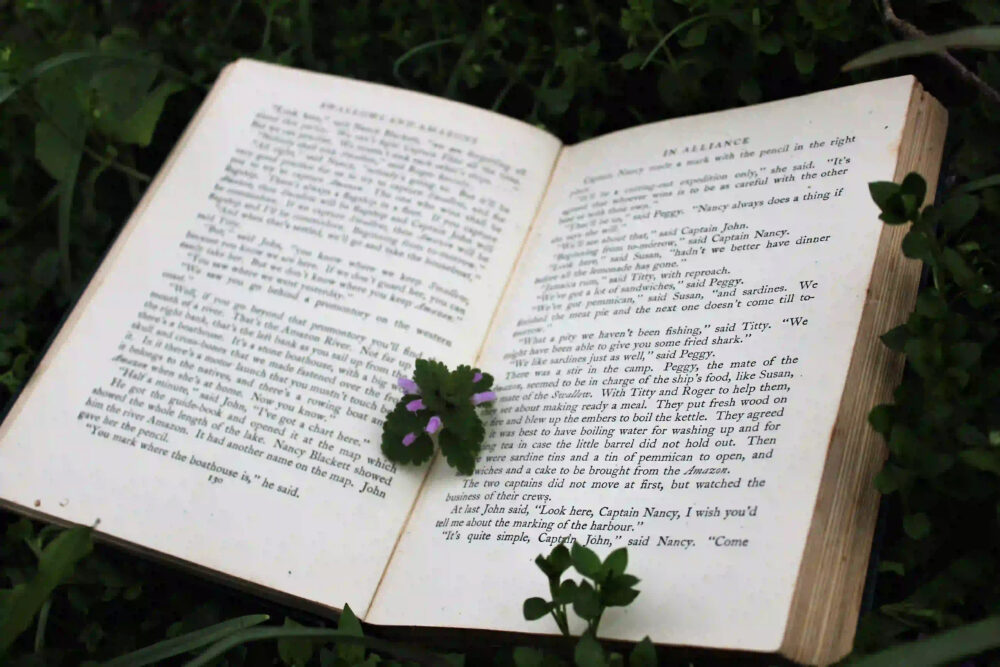Translating foreign literature is a delicate art that requires more than just linguistic proficiency. It involves delving into the cultural nuances, idiomatic expressions, and emotional depth of the original work, and then skillfully re-creating them in a different language. The role of a translator is not merely to convert words from one language to another, but to capture the soul of the text and convey it to a new audience. In this blog post, we will explore the intricacies of translation, the challenges it presents, and the magic of preserving the essence of foreign literature.
Understanding the Source Material
The first step in translating foreign literature is to deeply understand the source material. This goes beyond comprehending the literal meaning of the words; it involves immersing oneself in the cultural, historical, and societal context in which the work was created. A skilled translator must be able to discern the subtle nuances, metaphors, and allusions embedded within the text, and then find a way to convey them in a way that resonates with the target audience.
Linguistic Mastery
Of course, linguistic mastery is a fundamental requirement for any translator. A thorough knowledge of both the source and target languages is essential, but it is not enough on its own. Translating literature requires a deep understanding of the nuances of language, the rhythm of prose, and the cadence of poetry. It is about finding the perfect balance between fidelity to the original text and the natural flow of the target language.
Cultural Sensitivity
One of the most significant challenges in translation is navigating the cultural divide. What may be a common cultural reference in the source language could be entirely unfamiliar to the target audience. A translator must be sensitive to these differences and find ways to convey the meaning without losing the cultural essence of the original work. This often involves making difficult choices about whether to retain certain cultural references or adapt them to be more accessible to the new audience.
Preserving the Essence
The true art of translation lies in preserving the essence of the original work. It is about capturing the emotions, the imagery, and the soul of the text and transferring it into a different linguistic and cultural context. A successful translation should evoke the same feelings and provoke the same thoughts in the reader as the original work did in its native audience.
The Role of Creativity
Translation is not a mechanical process; it is a creative act. A translator must be adept at not only understanding the source material but also at reimagining it in a way that resonates with the target audience. This often involves finding creative solutions to linguistic and cultural challenges, and the ability to infuse the translated text with the same beauty and power as the original.
Conclusion
The art of translation is a complex and multifaceted endeavor that requires a deep understanding of language, culture, and literature. It is about more than just words; it is about capturing the essence of a foreign work and presenting it to a new audience in a way that is faithful to the original while also being compelling and resonant in its own right. Translators are the unsung heroes who bridge the gap between cultures, allowing the beauty of foreign literature to be appreciated and cherished by audiences around the world.
